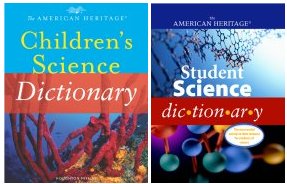Little Beetle, Big Horns Additional Information
______. 2004. Owls use dung to lure beetles. Science News for Kids (Sept. 15). Available at http://www.sciencenewsforkids.org/2004/09/owls-use-dung-to-lure-beetles-2/.
Books recommended by SearchIt!Science:
![[book]](https://www.sciencenewsforstudents.org/wp-content/uploads/2019/11/a1475_b113.jpg) |
Poop: A Natural History of the Unmentionable
Published by Candlewick Press, 2004
Hippos navigate by it, sloths keep in touch through it, rabbits eat it . . . and most grownups prefer not to mention it at all. However you look at it, poop is probably the most useful stuff on earth. Find out what it is for, where it goes, and what we can learn from it. |
![[book]](https://www.sciencenewsforstudents.org/wp-content/uploads/2019/11/a1475_b2732.jpg) |
A First Look at Animals With Horns
Published by Walker & Co., 1989
The long points beside an elephant’s trunk may look like horns, but they are really a kind of teeth known as tusks. How is a horn different from a tusk? Horns grow from bones in an animal’s skull, and they grow bigger as the animal grows. Cattle, goats, sheep, and antelope have real horns. Black-and-white drawings focus on the animals with horns, from the curly horns of the bighorn sheep to the needle-shaped points of the antelope. Tips for telling the different horned animals apart and an index are included. |
![[book]](https://www.sciencenewsforstudents.org/wp-content/uploads/2019/11/a1475_b3935.jpg) |
Horns, Antlers, Fangs, and Tusks
Published by Lothrop, Lee & Shepard Books/William Morrow/HarperCollins, 1993
The horns on a rhinoceros’s nose are actually made of hair. A moose can grow antlers as big as a bathtub. A vampire bat has fangs that are so sharp they can slice holes in its prey’s fur and skin. And a walrus uses its tusks as giant ice picks to pull itself out of the water and up onto the ice. With close-up color photographs, this book takes you all over the world to observe the horns, antlers, fangs, and tusks of many different mammals. Find out how they use their headgear to survive. |
Power Words
beetle A type of insect with hard, shiny front wings that usually cover and protect the hind wings when not in flight. Beetles have mouthparts used for grasping and feeding and jaws that chew.
pincers A part in some invertebrates that is made of two sharp, curved parts that come together for grasping. The claws of lobsters and the mouthparts of spiders are pincers.
thorax The middle part of the body of an insect, to which the wings and legs are attached. The thorax lies between the head and the abdomen.
Copyright © 2002, 2003 Houghton-Mifflin Company. All rights reserved. Used with permission.
